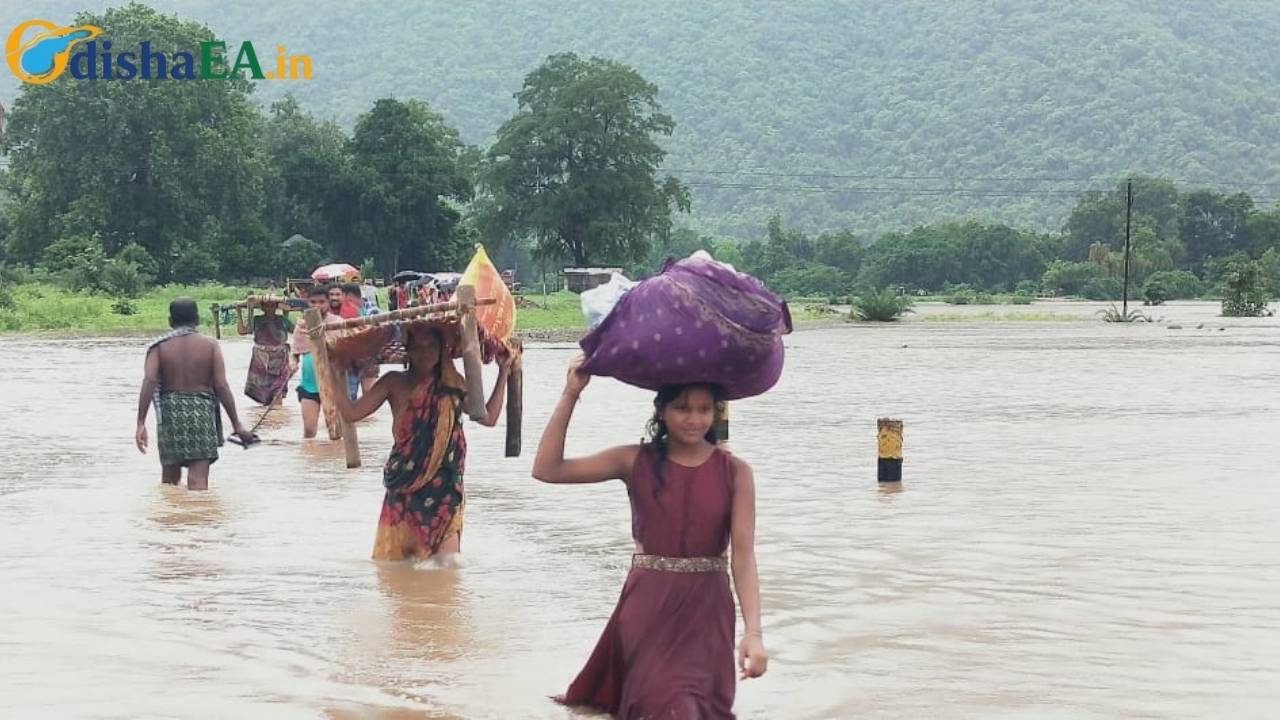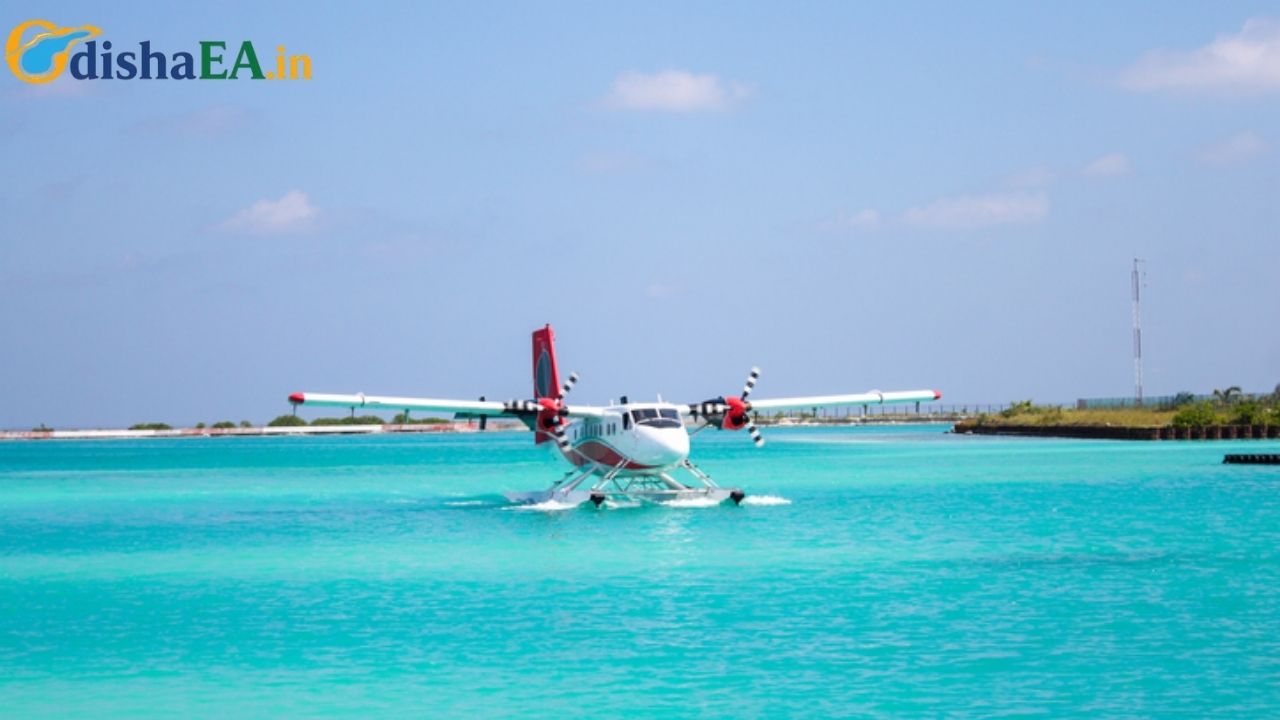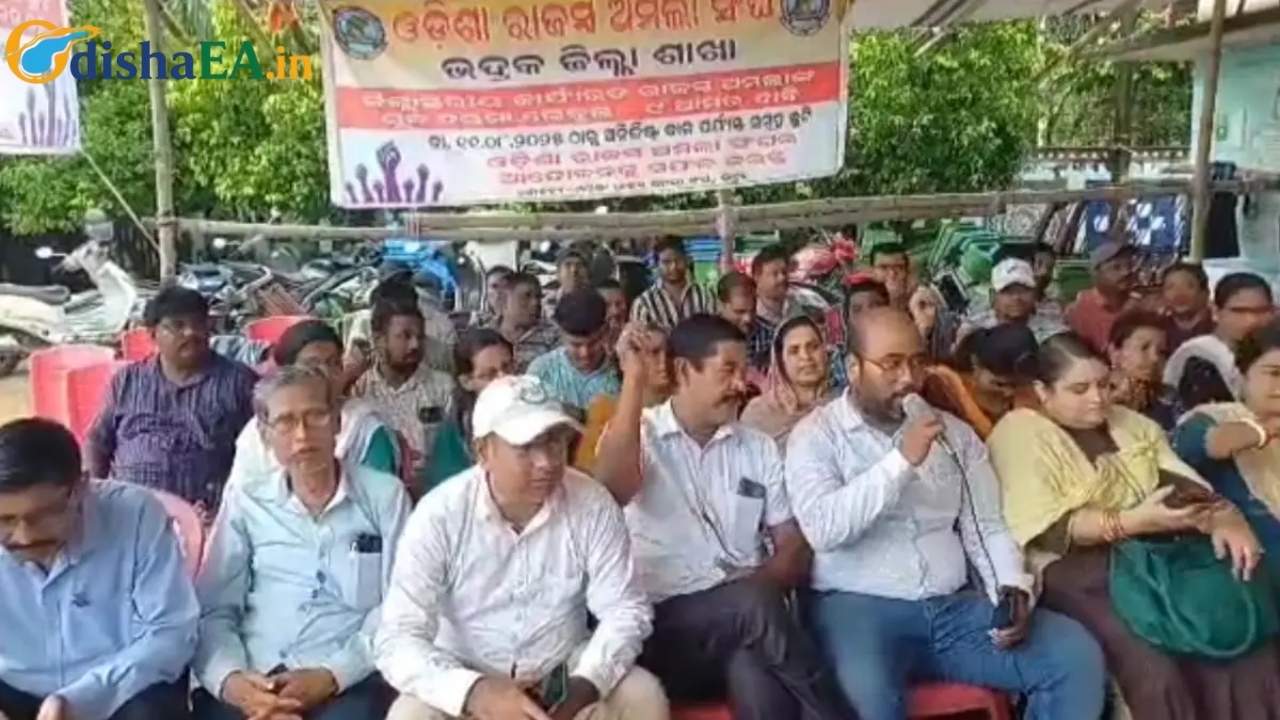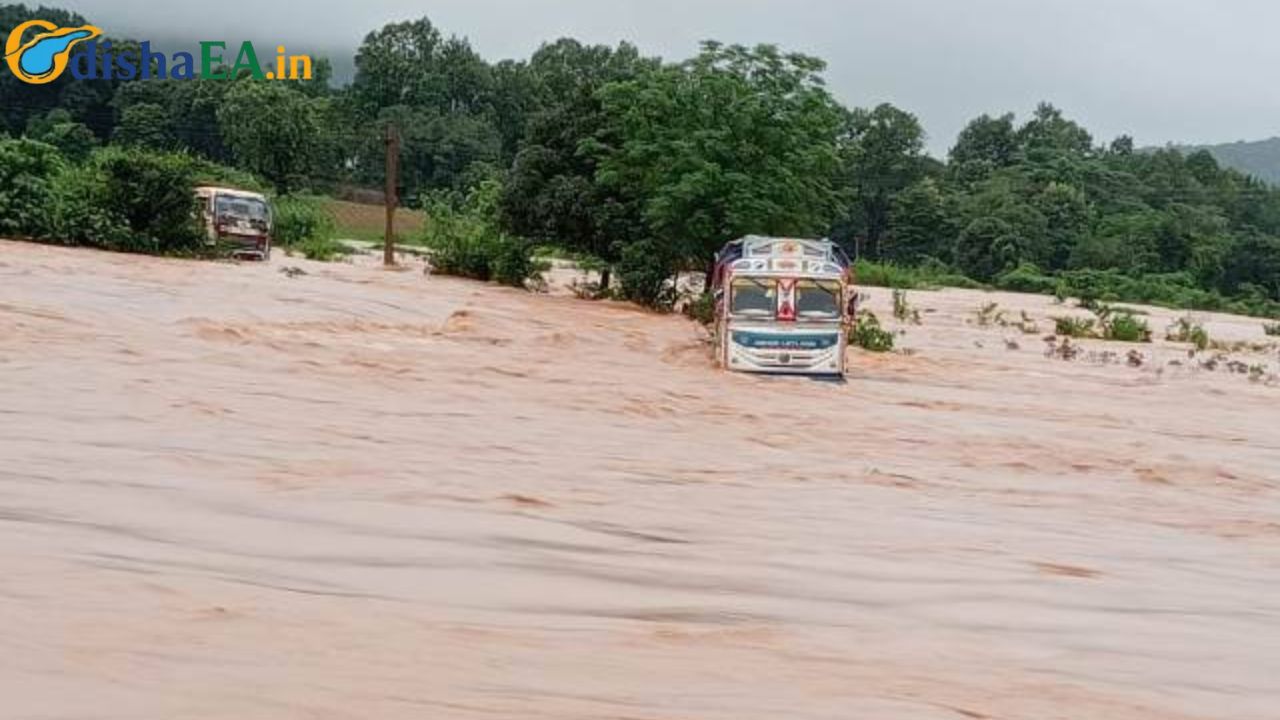When we talk about natural disasters in India, the recent rain disaster in Odisha—especially in Sundargarh and Malkangiri—hits home hard. Entire villages have been cut off, bridges washed away, and families left pleading for help. It’s like something straight out of a survival movie, except it’s painfully real. Folks in these communities are stranded without food, clean water, or medical support, and they’re looking to the government and relief agencies for answers.
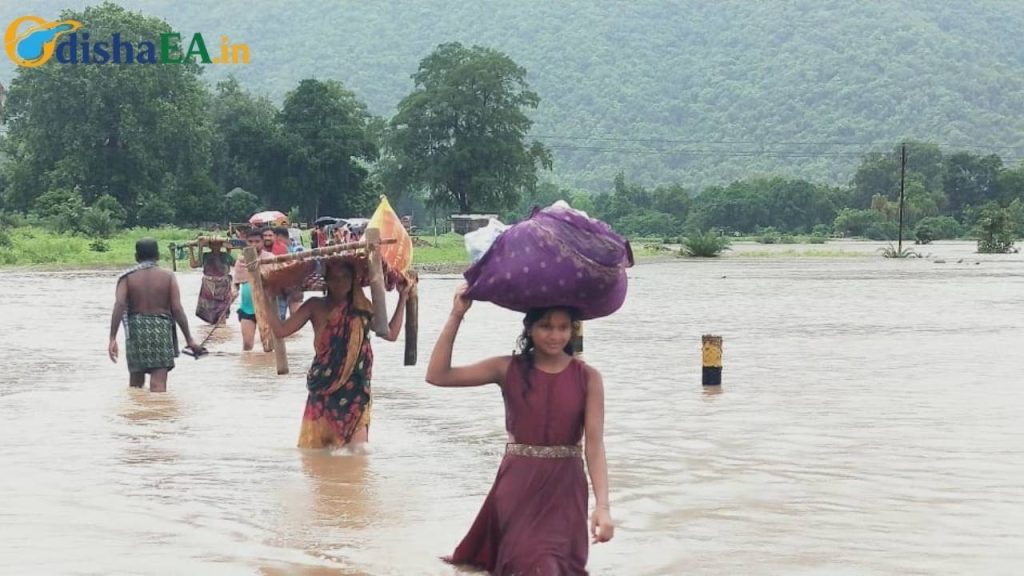
Now, let’s break this down in a way that’s both easy to follow for a 10-year-old and still sharp enough for professionals, aid workers, and policymakers. Because if there’s one thing we know here in the U.S., it’s that when disaster strikes—be it hurricanes in Florida, wildfires in California, or floods in Louisiana—we rally together. Odisha deserves the same urgency.
Rain Disaster in Odisha
| Point | Details |
|---|---|
| Regions Affected | Sundargarh (Bonai, Gopisahi) and Malkangiri (Kangurakonda, NH-326 areas) |
| Villages Marooned | 5+ villages in Sundargarh, 50+ families in Gopisahi, multiple blocks in Malkangiri |
| Main Issues | Submerged bridges, blocked transport, lack of food, water, and healthcare |
| IMD Warnings | Orange alert for Malkangiri & Koraput; yellow alert for northern Odisha districts |
| Population Impacted | Over 30,000 residents across affected districts |
| Official Source | India Meteorological Department (IMD) |
The rain disaster in Odisha’s Sundargarh and Malkangiri is a brutal reminder that floods aren’t just about water—they’re about isolation, hunger, fear, and resilience. Villagers are pleading for help, and it’s on policymakers, relief agencies, and communities—both local and global—to step up. Just like we’d expect aid in the U.S. during hurricanes or wildfires, Odisha’s people deserve immediate relief and long-term solutions.
What’s Happening on the Ground
Sundargarh’s Struggle
In Sundargarh district, at least five villages near Balang in Bonai are totally marooned. Floodwaters have swallowed up homes, schools, and bridges. Imagine your town suddenly cut off from grocery stores, hospitals, and schools—it’s exactly that. The Sarasara and Patang bridges are under water, making it impossible for villagers to travel or get emergency help.
Villagers have been crying out for years for an elevated bridge to withstand floods, but their pleas were ignored. Now, with the heavy rains, their nightmare has become reality. In Gopisahi alone, 50 families are stranded with no food or water deliveries.
Malkangiri’s Isolation
Down in Malkangiri, the story is no better. The Kangurakonda bridge on NH-326 is 8–10 feet underwater, stranding hundreds of vehicles. This isn’t just an inconvenience—it’s a lifeline being cut off. Trucks carrying medicine, food, and essentials are stuck, while locals are left scrambling.
The Indian Meteorological Department (IMD) has issued orange warnings for Malkangiri and Koraput, signaling “heavy to very heavy rainfall.” For context, that’s like the National Weather Service (NWS) in the U.S. calling a hurricane watch—you know it’s serious.
Why This Disaster Matters
Here’s the kicker: this isn’t the first time Odisha has been hit. In 2022, severe floods in Odisha affected over 2 million people (Wikipedia). Villagers have been saying the same thing for years: “We need better infrastructure, not temporary fixes.”
Think about New Orleans and Hurricane Katrina—how poorly built levees turned a bad storm into a national disaster. That’s the kind of infrastructure gap we’re seeing in Sundargarh and Malkangiri right now.
What Needs to Happen Next
Step 1: Immediate Relief Efforts
- Deploy ODRAF & NDRF teams (Odisha Disaster Rapid Action Force and National Disaster Response Force).
- Set up rescue boats to bring in stranded villagers.
- Distribute emergency food packets, clean drinking water, and medical kits.
Step 2: Restore Connectivity
- Use temporary Bailey bridges (portable steel bridges often used in the U.S. military).
- Create makeshift bamboo or wooden crossings for immediate access.
- Deploy helicopter drops for critical supplies in marooned areas.
Step 3: Long-Term Solutions
- Build elevated, flood-resistant bridges in Sundargarh.
- Improve drainage systems and embankments.
- Set up disaster shelters in high ground areas.
Step 4: Health & Safety Precautions
- Monitor for waterborne diseases like cholera and diarrhea.
- Provide villagers with mosquito nets and repellents (malaria is a risk here).
- Keep a close eye on snakebite incidents, which spike during floods.
Practical Lessons We Can All Learn
For readers in the U.S. or elsewhere, here’s why this matters:
- Floods don’t respect borders. Whether it’s Iowa’s flash floods or Odisha’s monsoons, preparedness saves lives.
- Having disaster kits—food, water, flashlights, first aid—makes a world of difference.
- Communities need strong infrastructure and local leadership ready to respond fast.
Low Pressure Weakens but Malkangiri Braces for a Day of Torrential Rain: Here’s What to Expect
Heavy Rains Force Hirakud Dam to Open Sluice Gates, Releasing Excess Water
Odisha Hit Hard as Heavy Rains Pound State—Low-Pressure Turns Deadly Depression Overnight
FAQs
Q1. How many people are affected by the rain disaster in Odisha?
At least 30,000 residents across Sundargarh and Malkangiri have been directly impacted, with hundreds of families completely cut off.
Q2. Why are villagers completely isolated?
Submerged bridges and overflowing rivers have cut off transport routes, making it impossible for aid to reach several villages.
Q3. What is the Indian government doing right now?
The IMD has issued weather alerts, and local disaster teams are on standby, but villagers report slow response times and delayed aid delivery.
Q4. How does this compare to disasters in the U.S.?
It’s similar to how Hurricane Katrina or Harvey left parts of Louisiana and Texas underwater—people trapped, desperate for aid, and infrastructure proving inadequate.
Q5. What can outsiders do to help?
Donating to credible NGOs like the Red Cross India or Odisha State Disaster Management Authority ensures funds go directly to relief efforts.

